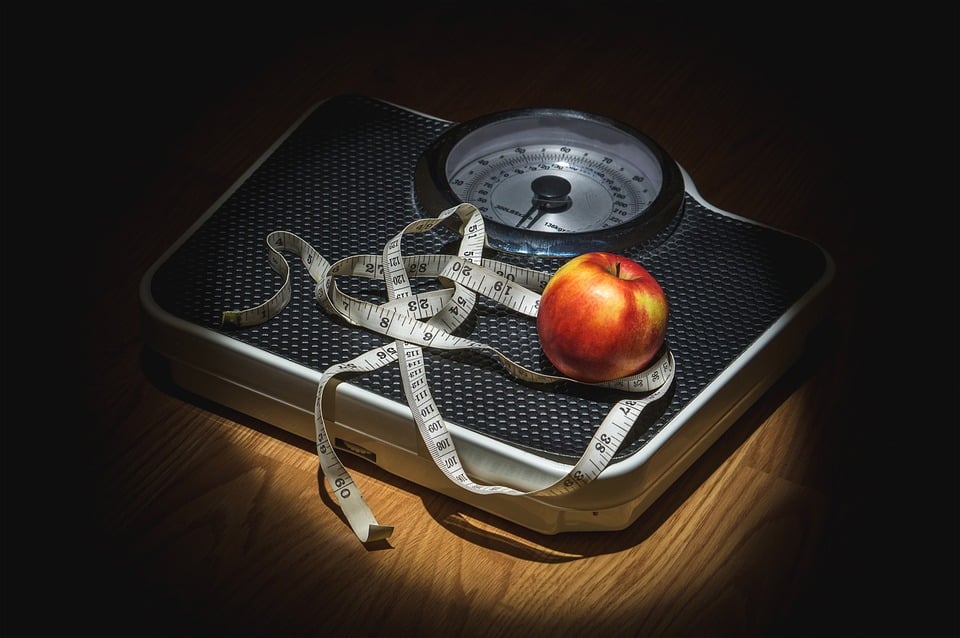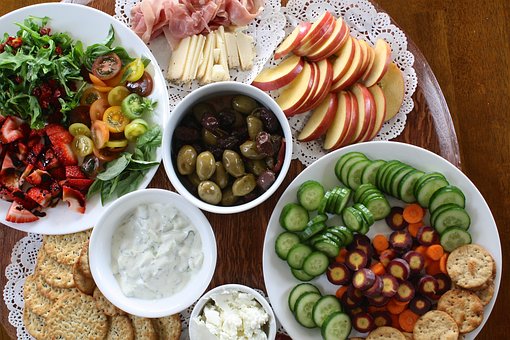To say the pandemic of 2020 took a toll on our normal lives is an understatement. Routines were wrecked, and we may have had too much time without any foreseeable outlet. With many families now at home, the pitter-patter of little or big feet may have halted peace and quiet.

Each of us had different experiences, but one common factor for many was unwanted weight gain. Already a national pandemic by itself, weight gain exacerbated problems. Nearly 70 percent of the US population is overweight. About half of those are obese. Obesity, an underlying factor in many diseases, now has Covid-19 added to the list. Those with excessive weight, especially if plagued with other serious health conditions, are much more vulnerable to contracting Covid-19.

Research published by JAMA Network Open found that in early months of the pandemic, many gained an average of 1.5 to 2 pounds per month. That adds up in a hurry. The Annals of Internal Medicine reported on the perils of restricted activities. With lost paychecks and concerns about how to afford the next meal, thoughts of exercise faded away. Not everyone had space to make a walking track through their household to help maintain step counts.
However, limited space is only one aspect for weight gain. Many became discouraged, depressed, and lonely—not good motivators for exercise or losing weight. Just getting out of bed may have proved a challenge, not to mention the shear obsession of becoming Covid-19’s next victim. Problems experienced during lock-down affected us differently. Many on the road to a healthful weight slipped into former overeating patterns. In times of stress, many regressed to less healthy foods, whatever those might be. Snacks became more prevalent and less nutritious. Some filled extra time with excessive eating or indulgences in larger portions sizes.
The question is, “What can we do?” Now that many venues have reopened, perhaps we can return to at least some normal activities. Whatever the cause, we can start over. Here are a few guidelines to help.

- Assess where you have strayed from healthy eating and analyze the exact reasons why.
- Determine ways to cope with problems you can’t change.
- Seek ways to change the circumstances you can control that interfere with good food choices.
- Set tentative goals. The sun still comes up even if you miss your mark. Try again. However, indifference pushes you farther from where you want and need to be.
- Set a specific time frame to assess your progress.
- Find a partner if possible, even if you can’t encourage each other in person. Just sharing difficulties, frustrations, and successes can help.
- Get back on track. Covid-19 changed our world, but it doesn’t have to define us. Whatever the unpleasant and hurtful experiences, focus on ways to move forward instead of dwelling on the negative past.
You are worth it. You can do it.

Additional help for confronting unhealthy weight and other issues.





 Ungar insists society needs to shift emphasis from individual’s self-control to changing the world around us such as 1) government intervention on sizes of sugary drinks, 2) calorie counts on menus, 3) taxes on sugar, 4) removing empty calorie foods from checkout lines, and 5) providing greater access to fresh produce for all people. Several of these practices are underway in efforts to reduce the girth and improve overall health of citizens. Many towns and cities have initiated accessibility to parks, walking areas, and bike lanes.
Ungar insists society needs to shift emphasis from individual’s self-control to changing the world around us such as 1) government intervention on sizes of sugary drinks, 2) calorie counts on menus, 3) taxes on sugar, 4) removing empty calorie foods from checkout lines, and 5) providing greater access to fresh produce for all people. Several of these practices are underway in efforts to reduce the girth and improve overall health of citizens. Many towns and cities have initiated accessibility to parks, walking areas, and bike lanes.





 of those statistics? Excessive body weight is a definite link for increased risk of certain cancers. Two-thirds of U. S. adults are overweight or obese. According to the American Institute of Cancer Research (AICR), one-third of all cancer cases hinge on three weight-related factors.
of those statistics? Excessive body weight is a definite link for increased risk of certain cancers. Two-thirds of U. S. adults are overweight or obese. According to the American Institute of Cancer Research (AICR), one-third of all cancer cases hinge on three weight-related factors.